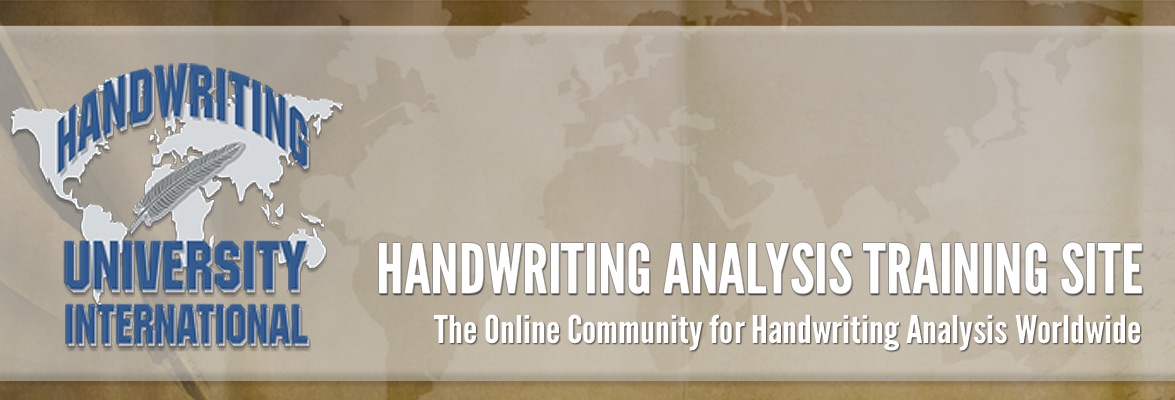By Vishwas Heathhcliff
I have always found exit interviews an irritating part of quitting a job. But the most annoying is the forms all outgoing employees are supposed to fill up about the company and their bosses’ efficiency, or the lack of it. The exercise is mandatory, but on a couple of occasions in the past, I managed to wriggle out of it. You might want to know how. Actually, I bribed the HR executives by offering to analyse their handwriting in exchange for the exemption from the futile task.

One such executive was Nina whom I met a few years ago. She was quite excited about my exit interview because that was when I had to analyse her handwriting. After the session got over, she showed me a sheet of paper. It was a copy of the offer letter given to a fresher for the research department of the newspaper I was quitting. At the bottom of letter, the applicant had written “I accept the offer and will join work by…”, followed by his signature. The applicant had also handwritten a brief cover letter, mentioning why he was suitable for the job.
“Is he suitable for the job?” Nina asked me.
His large handwriting showed he was an outgoing person who won’t be able to concentrate for a long time (an essential part of research). Also, his big lower zone indicated that he would frequently find excuses to leave his seat. You don’t need to be Einstein to know that someone who can’t focus and can’t remain seated for long hours is unsuitable for the research job.

I told Nina whatever his handwriting revealed about him. Also, I told her that he would do better as a reporter in the newspaper, because he liked to interact a lot and was capable of engaging strangers in a conversation.
“We have already made him the offer and now we can’t withdraw it. He did very well in the interview. In fact, he wanted to join the reporting team. But because we did not have a vacancy, we hired him for the research department. I think we made a mistake,” Nina said.
“Don’t worry, Nina, your mistake will be short-lived because I don’t think he is going to stick around for long. He will quit soon.”
We laughed about it and ended the session. I think the guy must have joined the research department because he desperately needed the job. And my guess is that he would have quit also by now. Nina admitted her mistake after getting to know more about the true personality of the candidate. But it was too late.
In order to pick right candidates, HR executives utilise several traditional screening tools, such as background checks and reference checks. Help of computer software programmes and questionnaires is also taken to have an understanding of their personality in order to ensure whether they are suitable for the job. But most HR professionals do not utilise one of the most powerful, yet simple, pre-employment tests: handwriting analysis. Handwriting analysis can reveal key traits needed to perform a particular job description. Handwriting analysis can answer the following questions (and many more) about an applicant:
- Will the employee be obedient?
- Will he report to work on time?
- Is he thick-skinned?
- Will he finish work on time?
- Will he like to work in a team?
- Will bosses be able to depend on him?
------------ Special Newsletter Reader Offer ------------

Visit the discount page now.
Screening handwriting samples of the applicants can reduce the time squandered in elaborate personality tests. Besides, there are plenty of discrepancies with the traditional tests. For example, usually, the HR departments assume that the applicant is honest because the background check is clear. But just because someone does not have a criminal record, does not mean he does not have a criminal mind.
In short, hiring has to be done with utmost care. Companies set a separate department for that purpose. In my view, HR should learn graphology use easiest and most effective methods, such as handwrting analysis, to recruit employees. After all, HR does not stand for Hiring Randomly.
